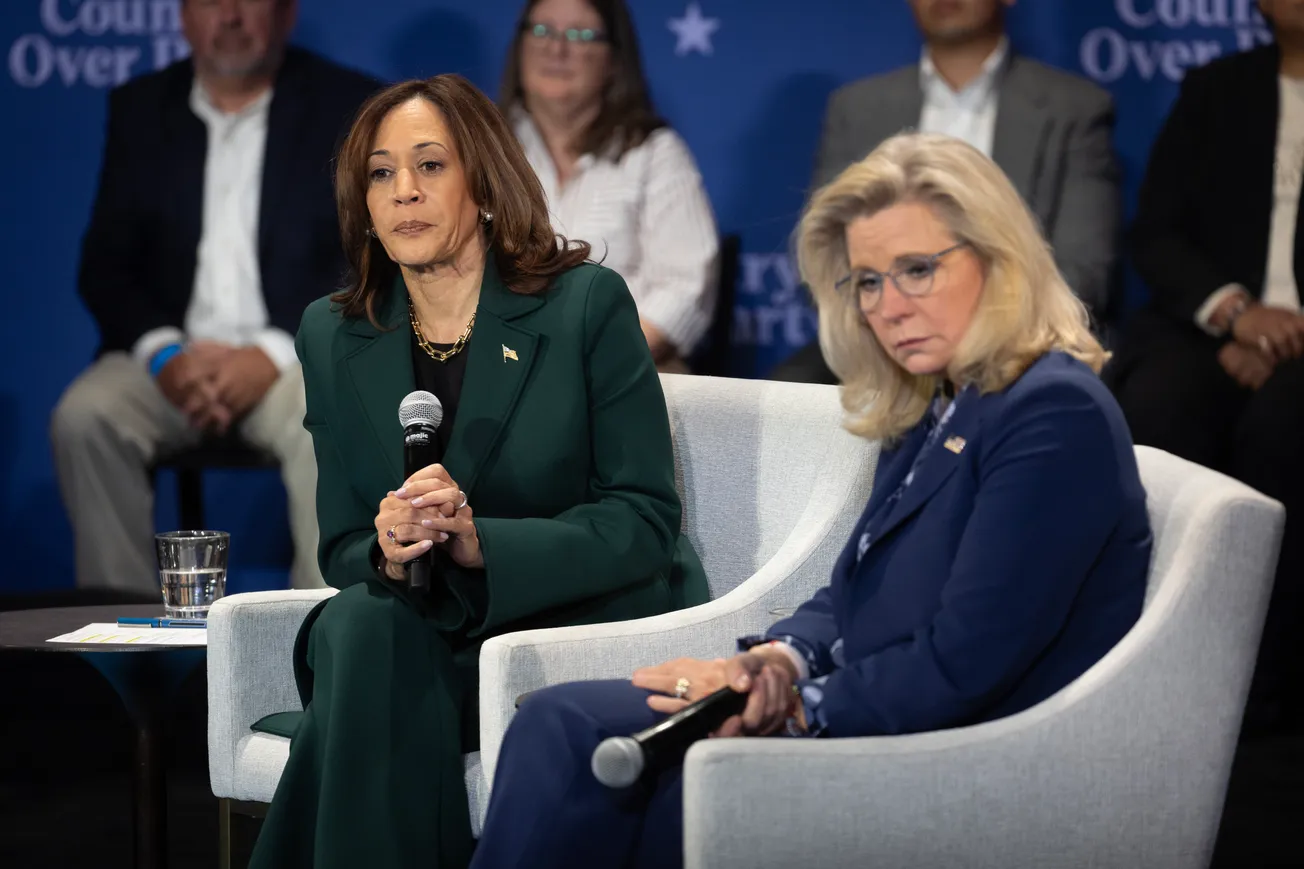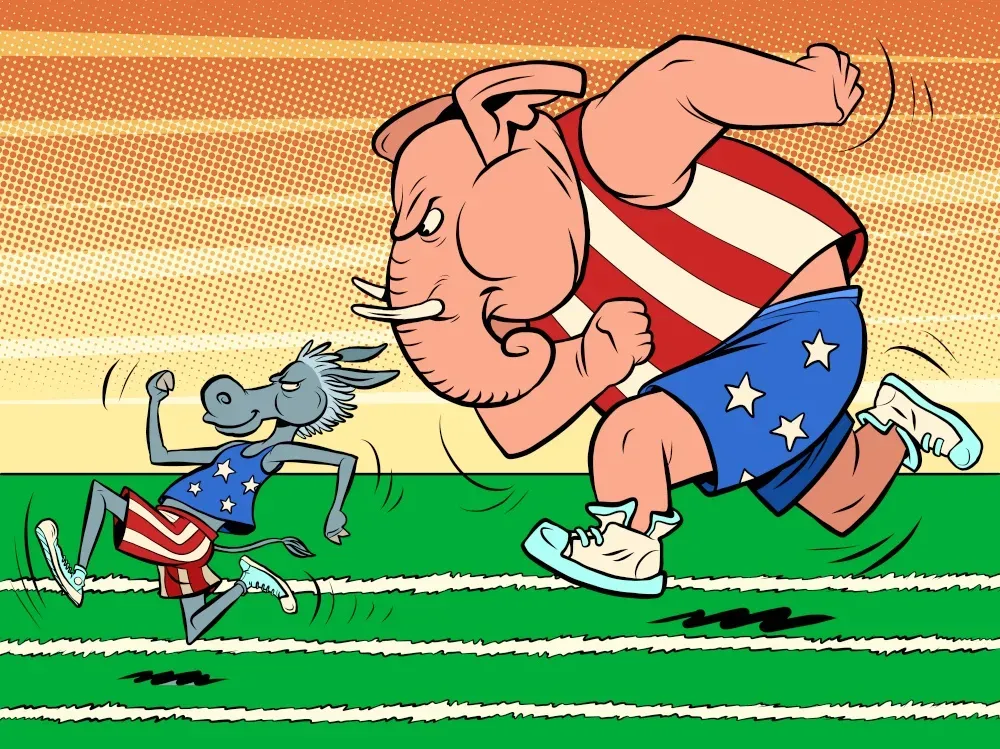Editor's note: Every year on the radio, the late Rush Limbaugh would tell the story of Thanksgiving. Here's a condensed version of the story.
It’s the celebration that kicks off the festival season! As winter waits around the corner and the year inches to a close, families and friends gather together for Thanksgiving.
As with many traditions that have become a part of our lives over the centuries, few know the reason or rationale behind the holiday. There are many versions—some factual, some far-fetched, and many that fall somewhere between the two. Yet, there can be no mistaking what the celebration is all about: expressing gratitude for the many blessings that we take for granted most days and many that truly make us feel grateful for our good fortune.
For many Americans, listening to the story behind Thanksgiving has become a tradition in itself. For instance, millions tuned into popular radio host Rush Limbaugh’s retelling of the tale for close to three decades.
The story of Thanksgiving dates back to the arrival of the Pilgrims on the shores of the New World, what is now America. At the turn of the seventeenth century, many fleeing religious persecutions under King James I of England sought refuge in Holland. Close to a dozen years later, financed by the merchant-sponsors in London, about forty of them set sail to the New World, discovered by Christopher Columbus. They hoped to set up homes in a land free of oppression.
The Pilgrims set sail on August 1, 1620, on the Mayflower. It was a long and perilous journey to an unknown and strange land. Yet, they were willing to face the journey and the hardships that lay ahead for religious freedom and just society. William Bradford led the forty pilgrims. They all agreed to a contract derived from the Bible, which established “just and equal laws for all members of the new community, irrespective of their religious beliefs.”
The arduous voyage ended on a cold November day. When the Mayfair arrived in New England, the first Pilgrims set foot on the continent. Initially, the desolate, barren wilderness proved almost too much for the settlers. In an unfamiliar land, an ocean away from their peers, the newcomers found it hard to survive. According to accounts of the time, half of them perished in the first winter of starvation, sickness, and extreme weather.
With spring came renewed hope. The Native Americans befriended the settlers and showed them the lay of the land. They taught the first settlers to cultivate corn, fish for cod, and hunt for fur. Better equipped with these skills, the Pilgrims established their first settlement - the Plymouth colony.
Many consider the feast celebrating the Pilgrims’ first harvest in the early 1620s, which is said to have lasted for three days, as the “first Thanksgiving.” The celebrations were attended by 90 Wampanoag (Native Indians) and 53 Pilgrims, according to Mr. Edward Winslow, who was present himself. In addition to a good harvest, the occasion is also said to express gratitude towards the Native Americans who welcomed the settlers and taught them crucial life skills.
Despite learning to farm and fish, life did not magically become easier for the inhabitants of the Plymouth colony. The Pilgrims continued to face hardships due to their indebtedness to the moneymen who bankrolled their voyage and, in their efforts, to tame the foreign land.
William Bradford, who was by then the Governor of the colony, did away with the contract drawn up on the Mayfair. Instead of collective ownership and equal shares, he assigned land to each family, encouraged them to produce to the best of their ability, and trade on their own. With the new incentive, the settlers prospered. News about their prosperity traveled across the ocean, and more migrants arrived on the shores of the New World, paving the way for the Great Puritan Migration. Based on these developments, Rush Limbaugh has often said that Thanksgiving is the celebration of the establishment of private ownership and a free market.
More than a century later, President George Washington, at the behest of the Congress, issued a Thanksgiving Proclamation in which he “recommend to the People of the United States a day of public thanksgiving and prayer to be observed by acknowledging with grateful hearts the many signal favors of Almighty God.” Since then, barring a few exceptions, the holiday has been marked on the fourth Thursday of November.
The Founding Fathers of America deemed it essential that, as a nation, the people set aside a day to reflect upon their lives and express gratitude for the many favors they enjoy. Centuries later, the power of gratitude has gained more attention than less. Today, the talk is about its psychological benefits and immune-boosting powers. Expressing appreciation for the good, it is said, paves the way for more.
From its early days, Thanksgiving has stood the test of time. Today, not just the descendants of the Pilgrims but Americans of various ethnicities celebrate the federal holiday. It is the time for families and friends to share a celebratory meal and take stock of the year. It is the time to prepare for winter, knowing spring will follow. It is the time for a universal currency, that of gratitude.
Happy Thanksgiving to you!
Please share with anyone who would benefit from the tippinsights newsletter. Please direct them to the sign-up page at:
https://tippinsights.com/newsletter-sign-up/









